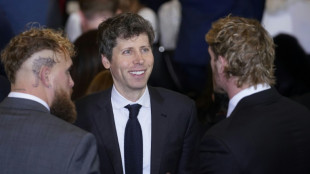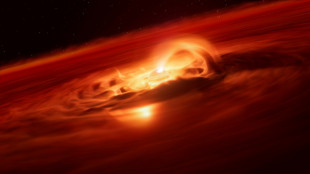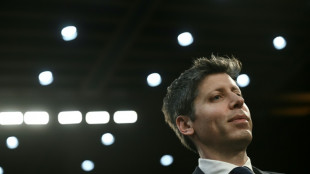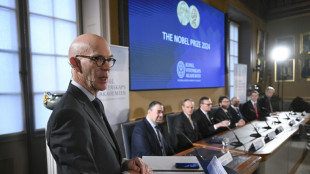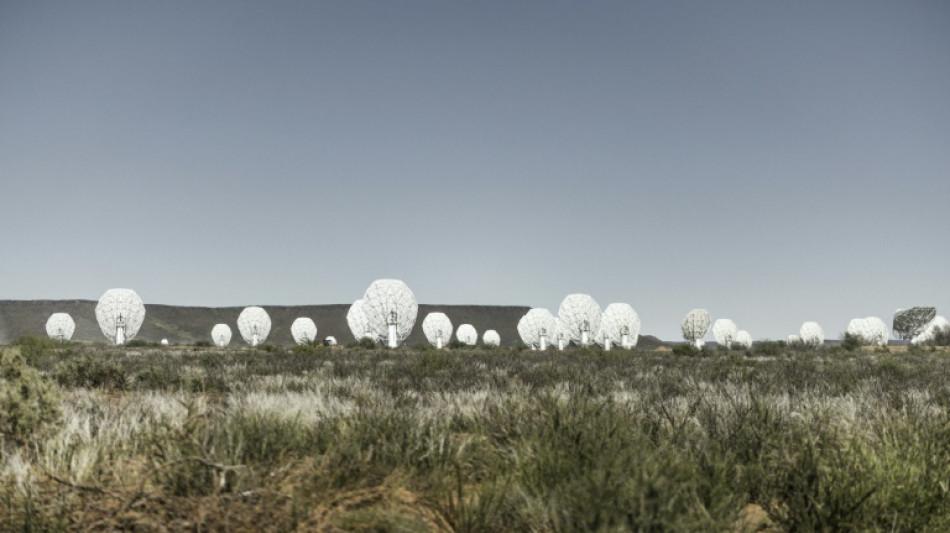
-
 Georgia ruling party wins local polls as mass protests flare
Georgia ruling party wins local polls as mass protests flare
-
Depoortere stakes France claim as Bordeaux-Begles stumble past Lyon

-
 Vinicius double helps Real Madrid beat Villarreal
Vinicius double helps Real Madrid beat Villarreal
-
New museum examines family life of Mexican artist Frida Kahlo

-
 Piccioli sets new Balenciaga beat, with support from Meghan Markle
Piccioli sets new Balenciaga beat, with support from Meghan Markle
-
Lammens must be ready for 'massive' Man Utd scrutiny, says Amorim

-
 Arteta 'not positive' after Odegaard sets unwanted injury record
Arteta 'not positive' after Odegaard sets unwanted injury record
-
Slot struggles to solve Liverpool problems after third successive loss

-
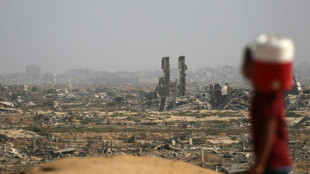 Netanyahu hopes to bring Gaza hostages home within days as negotiators head to Cairo
Netanyahu hopes to bring Gaza hostages home within days as negotiators head to Cairo
-
Ex-NFL QB Sanchez in hospital after reported stabbing
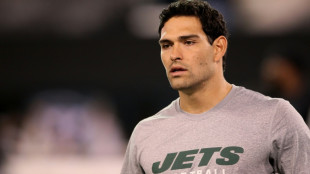
-
 Liverpool lose again at Chelsea, Arsenal go top of Premier League
Liverpool lose again at Chelsea, Arsenal go top of Premier League
-
Liverpool suffer third successive loss as Estevao strikes late for Chelsea

-
 Diaz dazzles early and Kane strikes again as Bayern beat Frankfurt
Diaz dazzles early and Kane strikes again as Bayern beat Frankfurt
-
De Zerbi living his best life as Marseille go top of Ligue 1

-
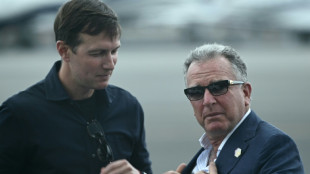 US envoys head to Mideast as Trump warns Hamas against peace deal delay
US envoys head to Mideast as Trump warns Hamas against peace deal delay
-
In-form Inter sweep past Cremonese to join Serie A leaders

-
 Kolisi hopes Rugby Championship success makes South Africa 'walk tall' again
Kolisi hopes Rugby Championship success makes South Africa 'walk tall' again
-
Ex-All Black Nonu rolls back the years again as Toulon cruise past Pau

-
 Hundreds of thousands turn out at pro-Palestinian marches in Europe
Hundreds of thousands turn out at pro-Palestinian marches in Europe
-
Vollering powers to European women's road race title

-
 Struggling McLaren hit bump in the road on Singapore streets
Struggling McLaren hit bump in the road on Singapore streets
-
'We were treated like animals', deported Gaza flotilla activists say

-
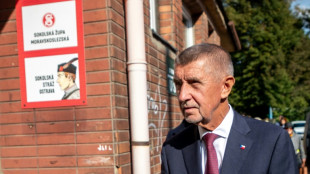 Czech billionaire ex-PM's party tops parliamentary vote
Czech billionaire ex-PM's party tops parliamentary vote
-
Trump enovys head to Egypt as Hamas agrees to free hostages
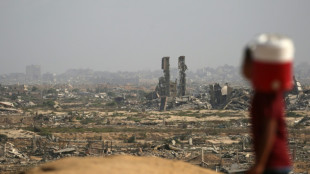
-
 Arsenal go top of Premier League as Man Utd ease pressure on Amorim
Arsenal go top of Premier League as Man Utd ease pressure on Amorim
-
Thousands attend banned Pride march in Hungarian city Pecs

-
 Consent gives Morris and Prescott another memorable Arc weekend
Consent gives Morris and Prescott another memorable Arc weekend
-
Georgian police fire tear gas as protesters try to enter presidential palace

-
 Vollering powers to European road race title
Vollering powers to European road race title
-
Reinach and Marx star as Springboks beat Argentina to retain Rugby Championship

-
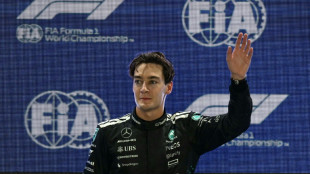 Russell celebrates 'amazing' Singapore pole as McLarens struggle
Russell celebrates 'amazing' Singapore pole as McLarens struggle
-
Czech billionaire ex-PM's party leads in parliamentary vote
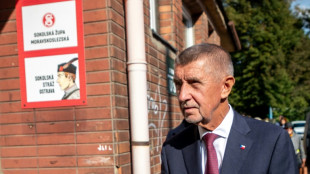
-
 South Africa edge Argentina to retain Rugby Championship
South Africa edge Argentina to retain Rugby Championship
-
'Everyone's older brother': Slipper bows out in Wallabies loss

-
 Thousands rally in Georgia election-day protest
Thousands rally in Georgia election-day protest
-
Sinner starts Shanghai defence in style as Zverev defies toe trouble

-
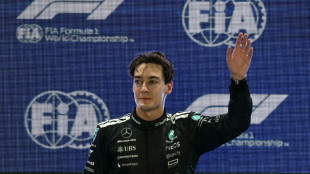 Russell takes pole position for Singapore Grand Prix as McLaren struggle
Russell takes pole position for Singapore Grand Prix as McLaren struggle
-
Robertson praises All Blacks 'grit' in Australia win

-
 Government, protesters reach deal to end unrest in Pakistan's Kashmir
Government, protesters reach deal to end unrest in Pakistan's Kashmir
-
Kudus fires Spurs into second with win at Leeds

-
 Rival rallies in Madagascar after deadly Gen Z protests
Rival rallies in Madagascar after deadly Gen Z protests
-
Egypt opens one of Valley of the Kings' largest tombs to public
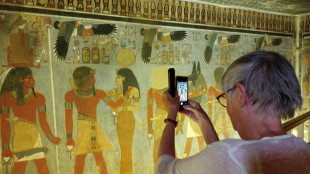
-
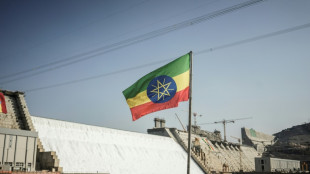 Ethiopia hits back at 'false' Egyptian claims over mega-dam
Ethiopia hits back at 'false' Egyptian claims over mega-dam
-
Sinner breezes past Altmaier to launch Shanghai title defence

-
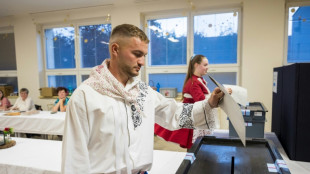 Czech ex-PM set to win vote, putting Ukraine aid in doubt
Czech ex-PM set to win vote, putting Ukraine aid in doubt
-
All Blacks down Wallabies to stay in Rugby Championship title hunt

-
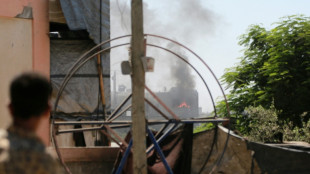 Gazans hail Trump ceasefire call as Hamas agrees to free hostages
Gazans hail Trump ceasefire call as Hamas agrees to free hostages
-
Zverev echoes Federer over tournaments 'favouring Sinner, Alcaraz'

-
 Yamal injury complicated, return date uncertain: Barca coach Flick
Yamal injury complicated, return date uncertain: Barca coach Flick
-
Conservative Takaichi set to be Japan's first woman PM


S.Africa's vast radio telescope draws new generation to the cosmos
When Lungelo Zondi first learnt about stars and galaxies at primary school in South Africa, she dreamt of having a live feed into the universe for uninterrupted space exploration.
Today, aged 25, her childhood vision has pretty much come true.
From her desk in Cape Town, Zondi monitors one of the world’s largest radio telescopes, the MeerKAT, made up of 64 giant white dishes that stand in a semi-desert region 600 kilometres (370 miles) away.
Through the screen of her computer, she can tune into radio signals emitted by stars and galaxies light-years away using the massive antennae that are 13.5 metres (44 feet) in diametre and turned up to the heavens.
"This is so interesting and fascinating: we're collecting data from the universe," Zondi said of the job of telescope operator at the South African Radio Astronomy Observatory (SARAO) that she started just two months ago.
Since 2005, SARAO has awarded 1,369 bursaries to students of applied mathematics, computer science, astrophysics and other subjects.
The bubbly engineering student is among them and part of a young generation of South Africans now able to look into the cosmos since the 2018 inauguration of the MeerKAT super radio telescope, which put the country on the map of global astronomy.
- World's most powerful -
As impressive as they are, the 64 dishes of the MeerKAT are just the start of an even bigger project, the Square Kilometre Array (SKA) Observatory that will be the world's most powerful radio telescope when it is completed by 2030.
The project will hook up another 133 South African dishes and more than 131,000 antennae based in Western Australia to allow humans to look back billions of years to when the "first stars and galaxies started lighting up the darkness", according to SKAO.
In the seven years since it was launched in the remote and sparsely populated Karoo region, MeerKAT has already "pushed the boundaries of scientific knowledge," said Adrian Tiplady, SARAO deputy managing director.
Its feats include groundbreaking radio images of the centre of the Milky Way, the discovery of immense radio galaxies stretching across millions of light-years, and the tracking of cosmic ripples through spacetime.
And with the MeerKAT programme to help train young South Africans, it is also keeping an eye on its future.
"It really covers the broad base of skills needed to actively participate in a global astronomy enterprise," Tiplady said.
"It has meant that the youth of South Africa now are excited about science, engineering and technology. We've really grown from a handful of radio astronomers some 10 or 20 years ago to a thriving and diverse community," he said.
An astrophysics group at the University of the Western Cape has benefited.
In 2011, "it started with just one South African faculty (member) at the time… and one student doing the PhD", Mario Santos, 50, professor in the university's physics and astronomy department, said.
"Now we have about 25 students and six faculty members," he added, saying the growth was "completely" linked to MeerKAT's development and South Africa’s selection as SKA host.
- Time machine -
In the control room at SARAO’s offices in Cape Town, Zondi and her colleagues monitor the health of the antennae and send them instructions to execute observations requested by scientists from all over the world.
There have been more than 1,200 submissions for observation time since 2019, with the biggest share from local research teams, Tiplady said.
"The world is watching us, so we have to make things perfect," said Sipho Molefe, another telescope operator. The 34-year-old studied electrical engineering and never imagined he would be working in astronomy.
"It makes people dream," he said. "There's a feeling that we're contributing to a bigger and larger environment in terms of information and development of technology."
The quiet and empty Karoo from where the MeerKAT's sensitive antennae listen to the universe was identified as holding tremendous potential for South African astronomy in the 1990s.
The facility operates in a "radio quiet zone" where radio waves, cell phone signals and wireless connections are strictly controlled to prevent interference with the telescope's tracking.
“When we're building a telescope, it's almost like building a time machine," Tiplady said.
"Something like MeerKAT or the SKA will detect radio signals that have been travelling through the universe since the birth of the universe itself.”
“It's a true marvel of scientific and technical excellence... and we're proud of South Africa to be a part of this,” he told AFP.
C.Bruderer--VB

